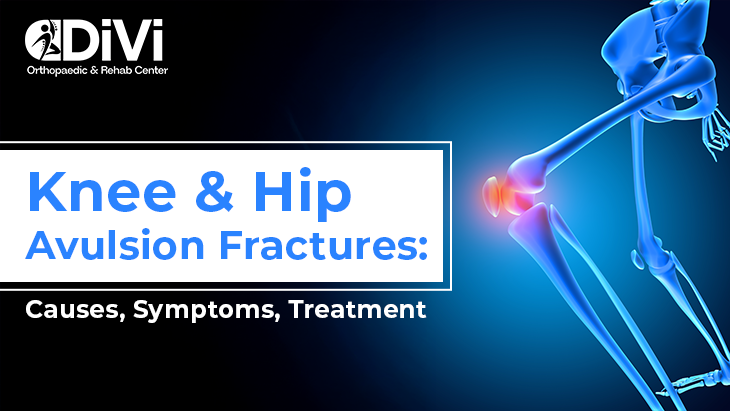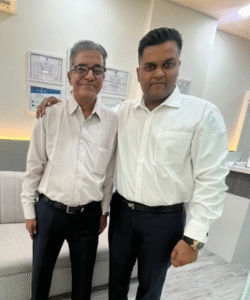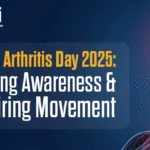An avulsion fracture is sharp, painful and usually unpredictable. It occurs when a small part of a bone is pulled off its attachment by a tendon or ligament. This typically happens in sport injuries, falls or twists. It may occur in any joint, but the hip and knee are among the most affected joints.
Early recognition of the injury can avoid the long-term issues. This is the reason why one should be aware of the causes, signs, and treatment options.
What Is an Avulsion Fracture?
You may ask, what is an avulsion fracture? It is a break in the bone, but not the usual kind. Instead of cracking across the bone, a small piece gets pulled away. This usually happens when the muscles or tendons are under extreme stress. The bone at the attachment site gives way.
This injury is more common in children, teenagers, or athletes. Their bones are softer, and their muscles are strong. When the muscle pulls hard during running, jumping, or kicking, the bone sometimes breaks instead of the tendon.
Understanding Hip Avulsion Fractures
A hip avulsion fracture often affects the pelvis. It occurs during sprinting or high-impact sports like football or gymnastics. You may hear a pop or feel a sudden sharp pain in the groin or buttocks. Walking becomes difficult. There is swelling or bruising near the hip. The most commonly affected sites are the iliac crest, ischial tuberosity, or anterior inferior iliac spine. These are the points where strong hip muscles attach.
What Happens During a Knee Avulsion Fracture?
A knee avulsion fracture is often linked to the tibial tuberosity. That is the bony area below your kneecap. This can happen during fast movements, sudden stops, or when landing awkwardly after a jump.
Symptoms include pain, swelling, and inability to bear weight. The area may feel unstable. There might be a limited range of motion. Athletes are more prone, especially those in sports that require explosive knee movement.
Avulsion Fracture Vs Chip Fracture
Some people confuse avulsion fractures with chip fractures. But they are different. An avulsion fracture vs chip fracture depends on the cause. Chip fractures usually happen from direct trauma. A piece of bone breaks off due to impact. Avulsion fractures happen from pulling forces. The location and treatment differ. That is why a scan is important. X-rays or MRIs confirm the type of fracture and help plan the next steps.
What Does Avulsion Fracture Treatment Involve?
Most avulsion fractures heal without surgery. The goal is to rest the area and let the bone reattach. This may involve crutches, a brace, or a cast. Physiotherapy starts once the pain reduces. It helps restore strength and flexibility.
Proper avulsion fracture treatment focuses on recovery without putting stress on the injury. In rare cases where the bone fragment is large or displaced, surgery may be needed to reattach it. Painkillers are prescribed. Ice packs reduce swelling. Regular follow-ups are required to track healing. Most patients recover in six to eight weeks, depending on the location and severity of the fracture.
When to See a Knee Specialist?
If your child or teen has sudden pain after a sports activity. If walking becomes painful. If swelling appears near the hip or knee. It is time to see an orthopaedic doctor. For those based in Mumbai, Divi Orthopaedic offers expert care for joint and bone injuries. Their team is experienced in diagnosing and treating hip and knee avulsion fractures. They guide patients through recovery with customised plans.Many patients have felt this level of care and support in their journey. One such patient shared:
“Dr. Divyesh Bukalsaria is an excellent Orthopaedic Surgeon. His treatment to me during my Leg Chip fracture was worth appreciating. He at his clinic provides the required consultations to the patients in need. He through appointments provides proper treatment and makes sure that the patients are comfortable and are satisfied. His smiling face and jovial nature immediately makes patients at ease”. – Jayu Bhai Vyas
Act Early, Heal Better
Avulsion fractures are treatable. But ignoring the signs can lead to long-term issues. Always listen to your body. Pain that does not go away is a signal. Get it checked. Start treatment early. And follow the plan through to full recovery. Your joints will thank you later.







